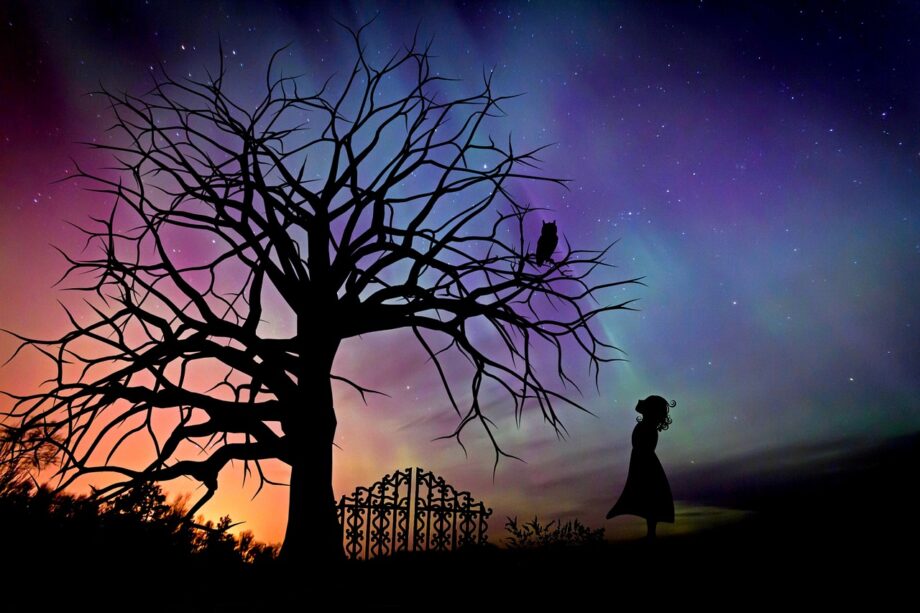Accurate Yes or No Tarot
Do you ever find yourself wondering if a certain situation will turn out negatively or positively? Or do you just want to know what the future holds for you? If so, then using Tarot cards may be the best way for you to get information.
Tarot reading is a centuries-old spiritual practice that uses cards with pictures on them to give individuals insight into their future. While there are many different decks of Tarot cards, most of them use traditional images such as swords, cups, and pentacles. Each card has a specific meaning and can be used to answer questions about both the present and the future.
Inaccurate Tarot readings can be quite costly – not only in terms of time and money, but also in terms of your emotional state. If you’re looking for an accurate Yes or No Tarot reading that won’t cost you anything, then consider using a software program like Accurate Yes or No Tarot. This software uses artificial intelligence (AI) to analyze the images on the Tarot cards and give you an accurate reading that won’t cost you a penny!
What is tarot?
Tarot is a set of pictures that are used to predict the future. There are many different types of tarot decks, and they can be used for different purposes.
People who use tarot cards to predict the future often call it “reading” or “fortune telling.” Tarot readings can be used for a variety of purposes, such as foretelling a person’s future career, deciding whether to take a particular course of action, or determining if someone is in love.
History of tarot
The history of tarot can be traced back to Ancient Egypt, Persia, and Rome. Tarot was used as a tool for divination and prediction, and it is believed that the first tarot deck was created in the 14th century CE. The earliest known tarot cards depict people, animals, and elements such as the Wheel of Fortune. In the early 16th century CE, tarot became more popular in Europe due to its use by Italian courtiers. By the 18th century CE, tarot had spread to France and England. Today, there are many different types of tarot decks available, including Rider-Waite-Smith, Marseille-style Tarot, Celtic Cross Tarot, and Crowley’s Thoth Tarot.
How tarot works
Tarot reading is a process of interpreting the symbolic meanings of tarot cards. The tarot deck consists of 78 cards, divided into two suits: cups and swords. Each suit has 14 cards – one card in each of the four suits. A tarot reader will typically shuffle the deck, draw three cards, and then lay them out on the table face down.
Thetarotcard meanings
When you receive a tarot reading, it is important to be accurate with your responses. The tarot card meanings are meant to provide direction and insight, not to dictate what you should do. If you find that the tarot card meanings conflict with what you want to do, then it is best to consult with a different tarot reader.
Yes or No tarot readings
Tarot readings can be incredibly accurate depending on the reader. If you’re looking for a straightforward answer, then a yes or no reading is likely to be accurate. However, if you’re looking for more insight or clarification, then a tarot reading may not be the best option for you.
Conclusion
In this article, I will be discussing the accuracy of tarot readings and whether or not they are reliable. After reading through the different perspectives on the matter, it seems that there is no definitive answer. Some readers believe that tarot readings are accurate to a tee, while others feel that they can only provide an outline of what might happen rather than predicting it with 100% certainty. From my personal experience, I would say that tarot readings can offer some interesting insights into your current situation but should not be taken as gospel truth.
